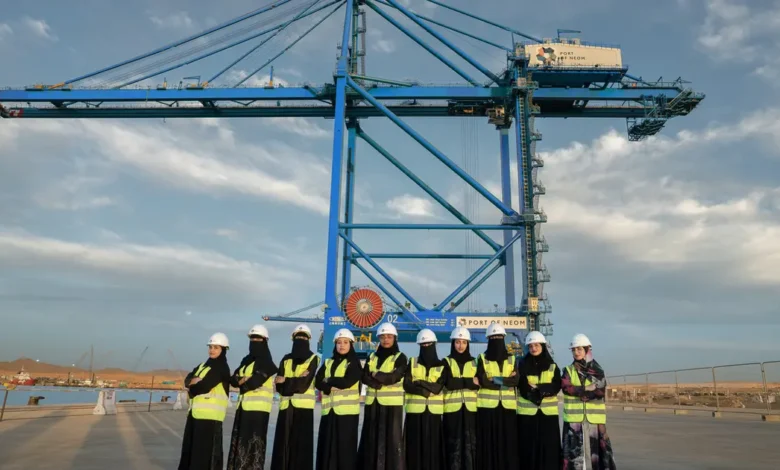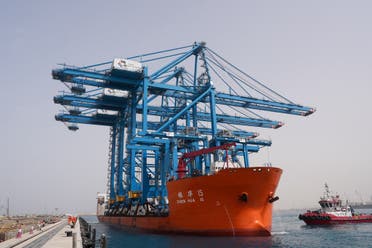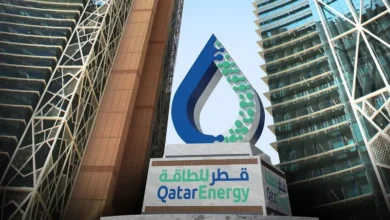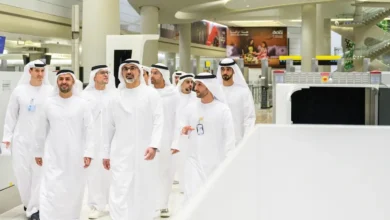Saudi Arabia’s NEOM port receives first automated cranes, trains female operators

Saudi Arabia’s futuristic NEOM megaproject has received its first fully automated, remote-controlled cranes for its massive new port as the Kingdom pushes to establish a major Red Sea trade hub by 2026, with a pioneering program training Saudi women as crane operators.
The Port of NEOM welcomed the arrival of automated Ship-To-Shore and Electric Rubber-Tyred Gantry cranes, marking the first such equipment deployed in Saudi Arabia as the Kingdom seeks to diversify its economy under the Vision 2030 reform program.

The Port of NEOM is at the heart of Oxagon, an advanced global manufacturing hub taking shape over 48 square kilometers. Together, they represent the maritime and industrial heart of Crown Prince Mohammed bin Salman’s NEOM mega-project, backed by the Public Investment Fund (PIF).
Located on one of the world’s busiest maritime corridors, the port is positioned to serve as a critical gateway on East-West trade routes. The facility has completed a 900-meter quay wall and deepened its channel to 18.5 meters to accommodate the largest container vessels transiting the Suez Canal.
“The arrival of our first automated cranes marks a tangible milestone as we lay the foundations for an advanced, future-ready port,” said Sean Kelly, managing director of Port of NEOM.
The project includes an intensive two-year training program for Production Specialists, with ten participants from the Tabuk region learning to operate the remote-controlled equipment. The initiative represents a significant step in Saudi Arabia’s efforts to increase women’s participation in traditionally male-dominated industries.
Hajjer Alatawi, one of the female trainees, said the program had shown her that “port logistics is far more complex than just moving cargo; it’s about teamwork, precision and responsibility.” She added that seeing more Saudi women entering the field “gives me hope for a future where industries are defined by skills, not gender.”
The remote-control capability allows operators to manage equipment from secure, ergonomic environments rather than traditional crane cabins, potentially making the roles more accessible to women and supporting workplace safety standards.
Terminal 1 of the port is scheduled to launch in 2026 and will feature horizontal transport automation as part of broader plans for full automation. The facility aims to significantly expand the Kingdom’s logistics capacity and enhance supply chain resilience in the region.










